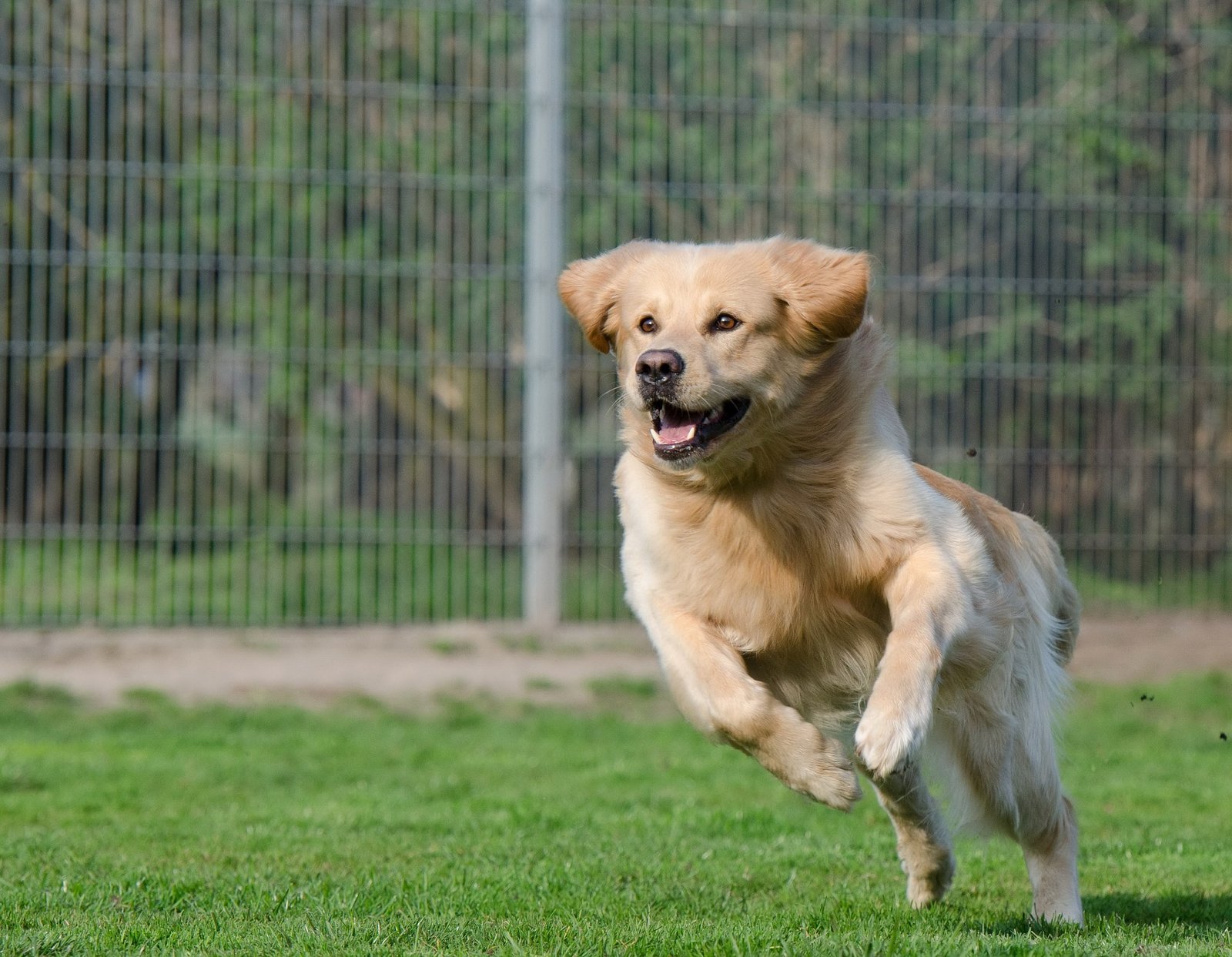
How to Help Your Newly Adopted Shelter Dog Feel at Home
Adopting a dog from a shelter is an incredibly rewarding experience, but it can also come with its challenges. Many shelter dogs for adoption have had varying backgrounds and experiences, which can affect how they adjust to their new home. Helping your newly adopted shelter dog feel safe and comfortable is crucial for building a loving and lasting relationship. Here are some tips to ensure a smooth transition for your new furry friend.
1. Create a Safe Space
One of the first things you should do when bringing your shelter dogs for adoption home is to create a safe and cozy space just for them. This area should be away from the hustle and bustle of daily life, such as busy living rooms or hallways. Consider setting up a comfortable dog bed or crate, some toys, and fresh water in this designated spot. Adding a few familiar items, like a blanket with your scent or a toy from the shelter, can also help your dog feel more secure. This safe haven will give your dog a place to retreat to when they feel overwhelmed or tired, allowing them to acclimate at their own pace. It’s important to regularly check on them in their space and reassure them with gentle words or petting, fostering a sense of safety and belonging.
2. Establish a Routine
Dogs thrive on routine, and having a consistent schedule can help your newly adopted shelter dog feel more secure. Establish regular feeding times, bathroom breaks, and exercise routines. Predictability will help them understand what to expect, making the transition easier. Gradually introduce new activities, such as walks or training sessions, to avoid overwhelming them with too much too soon. Keeping a structured schedule also provides a sense of normalcy, which can be comforting for a dog adjusting to a new environment. Additionally, maintaining consistent commands and rules within the household will help your dog learn boundaries, contributing to a smoother adjustment period.
3. Gradual Introduction to the Household
If you have other pets or children, it’s essential to introduce your new shelter dog to them gradually. Start with short, supervised meetings and allow them to get acquainted at their own pace. Use positive reinforcement, such as treats and praise, to create a positive association with these introductions. Keeping the initial interactions calm will help prevent any stress or anxiety for your new dog. Monitor their body language closely; signs of discomfort or aggression should be addressed immediately. It can be helpful to set up a safe barrier, like a baby gate, initially to allow your new dog to observe other pets from a distance. As they become more comfortable, you can gradually increase their time together, reinforcing positive behavior throughout.
4. Positive Reinforcement Training
Training is a crucial part of helping your shelter dogs for adoption to adjust to their new environment. Use positive reinforcement techniques to encourage good behavior. Reward your dog with treats, praise, and affection when they follow commands or behave appropriately. This not only helps with training but also builds their confidence and trust in you as their owner. Consider starting with basic commands like “sit,” “stay,” and “come” to lay a strong foundation. Training sessions should be fun and engaging, keeping them short and varied to maintain your dog’s interest. Additionally, enrolling in a local obedience class can provide a structured environment for training while also offering socialization opportunities with other dogs and people, which can be particularly beneficial for shelter dogs.
5. Patience is Key
Remember that your newly adopted shelter dog may need time to adjust to their new home. Some dogs may take longer than others to feel comfortable, and it’s essential to be patient during this process. Watch for signs of stress, such as hiding, excessive barking, or refusal to eat, and give your dog the space they need. Celebrate small victories, whether it’s a wagging tail, a relaxed posture, or a gentle nudge for attention. It’s also important to understand that some dogs may have experienced trauma or neglect, making them more cautious or fearful in new situations. By creating a nurturing environment and consistently showing love and understanding, you’ll help build their confidence and strengthen your bond.
6. Keep the Environment Calm
A new environment can be overwhelming for shelter dogs for adoption, especially if it’s filled with new sounds and sights. To help your dog feel more at ease, keep the environment calm and peaceful. Avoid loud noises, such as yelling or playing loud music, especially in the first few weeks. You might also consider using calming aids, such as pheromone diffusers or anxiety wraps, which can provide additional comfort to your pet. Setting a quiet time during the day where you and your dog can relax together can also help them adjust. Soft music or nature sounds can create a soothing atmosphere, reducing anxiety and helping your dog feel more secure in their new surroundings.
7. Provide Mental Stimulation
Mental stimulation is just as important as physical exercise for your shelter dog’s well-being. Engage them in activities that challenge their mind, such as puzzle toys, scent games, or training exercises. Not only do these activities help keep your dog occupied, but they also foster a deeper bond between you and your pet. Introducing new experiences, like different walking routes or dog-friendly outings, can provide additional stimulation and prevent boredom. Rotating toys and introducing new games can keep things fresh and exciting for your new furry friend. Additionally, engaging in interactive play with your dog can help them expend energy and improve their mood, leading to a happier, more settled pet.
8. Regular Veterinary Check-Ups
Once you’ve brought your shelter dog home, it’s essential to schedule a veterinary check-up as soon as possible. A vet can assess your dog’s health, discuss vaccinations, and check for any underlying issues that may affect their behavior or comfort level. Regular vet visits are crucial for keeping your dog healthy and can help identify any concerns early on. They can also provide advice tailored to your dog’s needs and help you establish a preventative care plan, including vaccinations, flea and tick prevention, and dental care. Having a good veterinarian can also offer peace of mind and support as you navigate the challenges of pet ownership, especially with a newly adopted dog.
Conclusion
Adopting a shelter dog is a wonderful journey filled with love, companionship, and sometimes a few challenges. By creating a safe space, establishing a routine, and being patient, you can help your newly adopted shelter dog feel at home. Remember that each dog is unique, and some may require more time and understanding than others. If you’re considering adopting a dog, look for “shelter dogs for adoption” or search for “adopt a dog near me” to find your perfect match. Your new furry friend is out there, ready to join you on this exciting adventure! With love, patience, and the right approach, you can create a nurturing environment where your adopted dog thrives and becomes an integral part of your family.




Post Comment